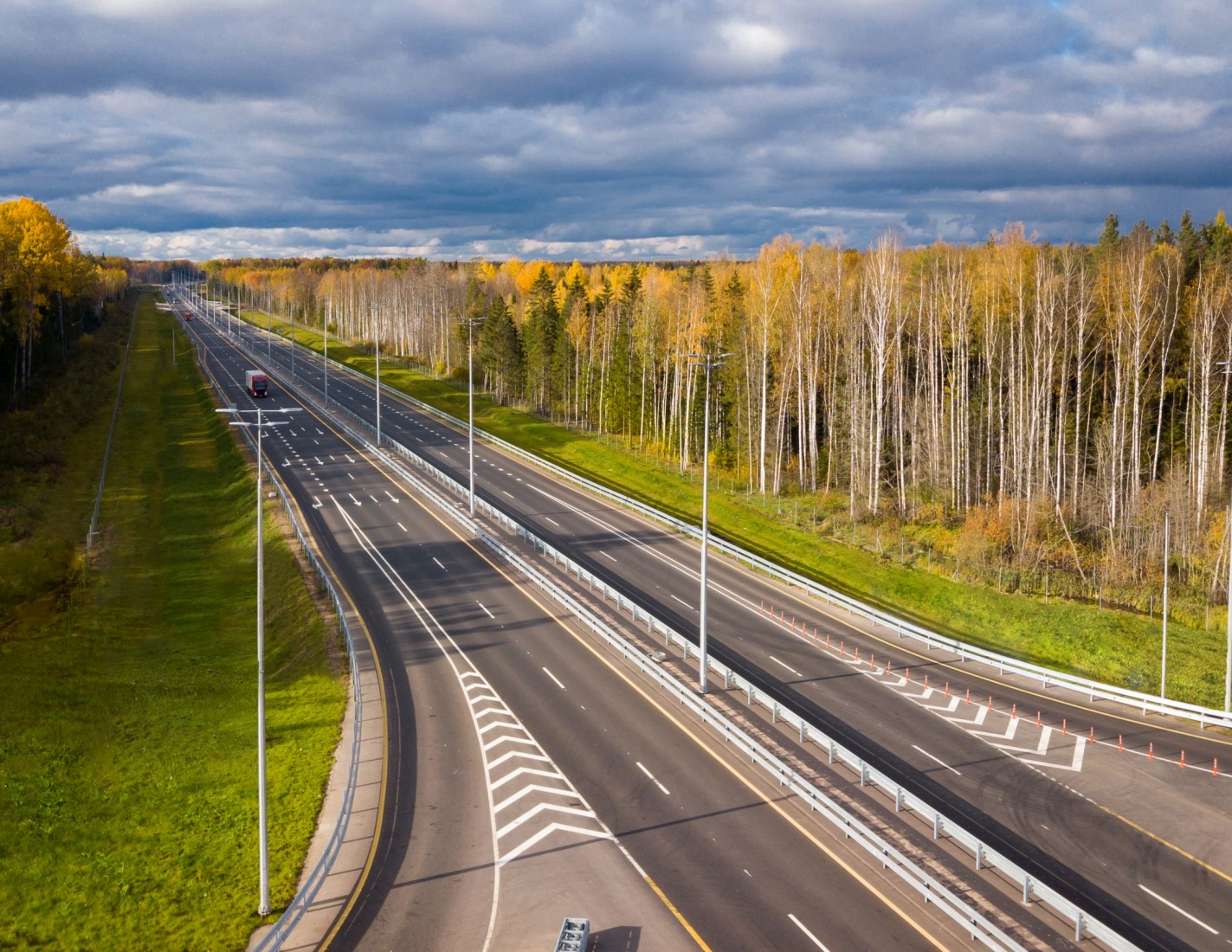The Ministry of Transport proposed to introduce a toll for motorists on regional roads. What’s in return? And in return, the authorities propose to introduce free travel for passengers on public transport. The scheme provides that from 2025 tolls will be collected on regional roads, and by 2035 – from “all categories of road users”, including the road network of urban agglomerations. But the strategy does not specify whether private car travel will be paid on all types of roads.
What are all these innovations and online freight broker classes for and how much do the country need them now? One obvious goal is to encourage the public to use public transport and reduce the use of private transport in large cities as one of the means to combat increasing traffic jams.
In the territories of settlements, the Ministry of Transport proposes to encourage the population to use non-motorized modes of transport (bicycles, scooters), and in areas of mass development to actively develop off-street transport (metro and light rail transport). Such an experiment is already a success in Moscow: a well-developed public transport network and the convenience of a combination of modes of transport (metro, MCD, electric trains, buses, trams, fixed-route taxis) allow the passenger to get from point A to point B as quickly as possible without using a personal car.
to use non-motorized modes of transport (bicycles, scooters), and in areas of mass development to actively develop off-street transport (metro and light rail transport). Such an experiment is already a success in Moscow: a well-developed public transport network and the convenience of a combination of modes of transport (metro, MCD, electric trains, buses, trams, fixed-route taxis) allow the passenger to get from point A to point B as quickly as possible without using a personal car.
Thus, in Moscow it was possible to “transplant” a certain part of the population from personal transport to public transport. Undoubtedly, the parking policy of the capital’s authorities with high hourly parking fees and the increasing popularity of carsharing among the population played a big role in this.
It is not yet clear how feasible this idea is, but in world practice, free travel in public transport has already been introduced by Estonia, and a little later by Luxembourg. The “user pays” mechanism is actively implemented in European capitals, for example, in London, owners of personal cars are charged a fee for entering the central part of the city.
In our opinion, such an initiative can be implemented only in large cities with a developed transport industry, which will, firstly, solve the problem of access to urban infrastructure, and secondly, significantly improve the environmental situation.
